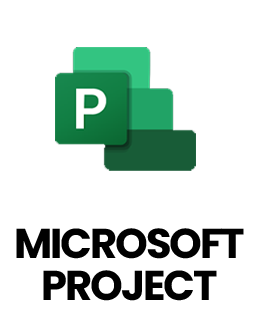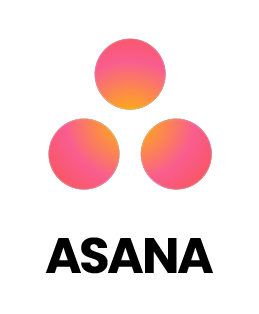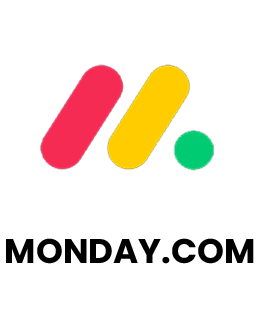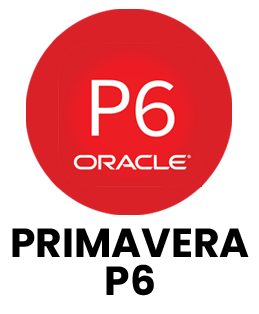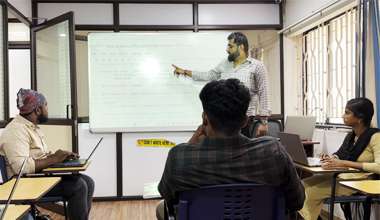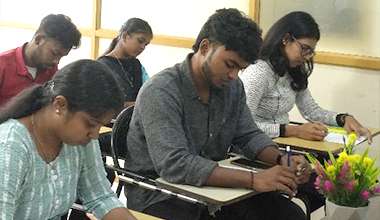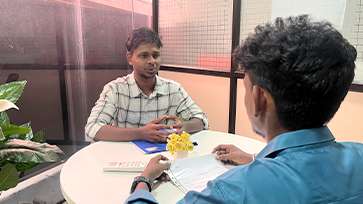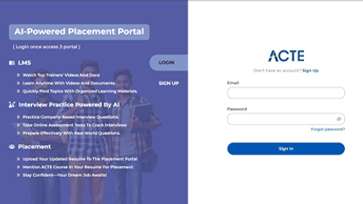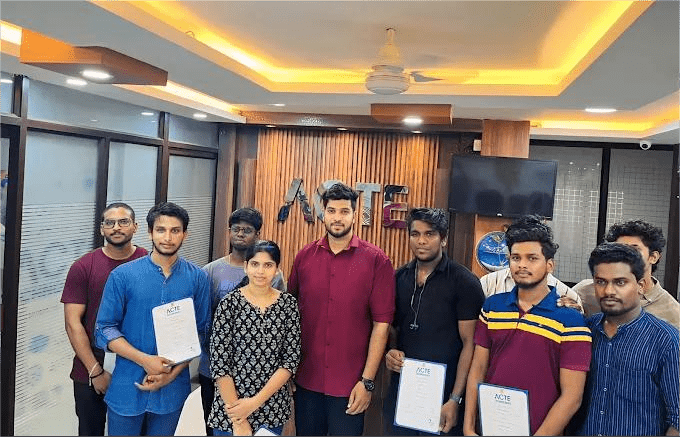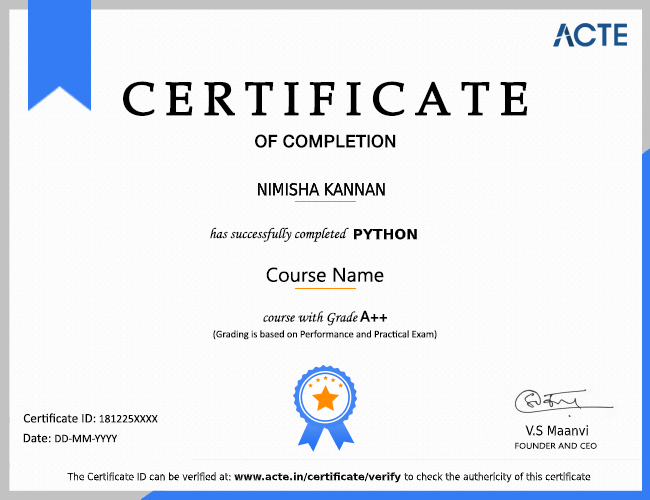1. How do you go about gathering and prioritizing stakeholder requirements?
Ans:
To effectively gather stakeholder requirements, I employ combination of techniques such as conducting interviews, organizing workshops sending out surveys, observing user behavior and reviewing existing documentation. Once the requirements are collected, I prioritize them based on their business impact, urgency, technical feasibility and alignment with project goals. I often use structured prioritization methods like MoSCoW or weighted scoring models to ensure transparency and consistency.
2. Could you explain the distinction between business requirements and functional requirements?
Ans:
Business requirements refer to the overarching goals or strategic needs that an organization aims to fulfill through a particular initiative. These typically highlight what the business wants to achieve. On the other hand, functional requirements specify the detailed behaviors, features and functions a system must provide to meet those broader business goals. While business requirements define the "why," functional requirements explain the "how," and together, they ensure both the vision and execution are clearly articulated and understood by all stakeholders.
3. What do you understand by a Use Case and why is it significant in a project?
Ans:
An organized story that explains how users engage with a technology to accomplish a certain goal is called a use case. It describes a range of user situations, including inputs, reactions from the system and potential behavioral variants. A Use Case's significance is in its capacity to close the gap between technical solutions and business requirements.
4. How do you resolve situations where stakeholders have conflicting requirements?
Ans:
When stakeholders present differing or conflicting requirements I approach the situation through active listening and open dialogue. I aim to understand the motivations behind each request and facilitate discussions that focus on shared goals and project priorities. By identifying common ground and exploring possible compromises I help stakeholders align on a unified path forward.
5. Can you describe what Gap Analysis is and how you carry it out?
Ans:
Gap Analysis is method used to assess the disparity between an organization’s current operational state and its desired future state. To conduct a Gap Analysis, I begin by thoroughly documenting current processes and identifying any inefficiencies or limitations. I then define the target goals or capabilities and analyze the differences between the two states.
6. What methods do you use to ensure that business requirements are clear and high-quality?
Ans:
Ensuring the quality of business requirements starts with adhering to best practices such as using clear, specific and measurable language. I engage with stakeholders regularly to review and validate the requirements, making sure they are complete, realistic and aligned with business objectives. I also use requirement traceability and peer reviews to minimize ambiguity and prevent misinterpretations.
7. What is User Acceptance Testing (UAT) and why is it a vital part of the development process?
Ans:
User Acceptance Testing or UAT, is the final testing phase in which actual users evaluate the system to ensure it meets their expectations and business needs before it goes live. UAT focuses on verifying that the functionality works as intended in real-world scenarios and that the system delivers the desired business value.
8. What tools do you commonly use in your business analysis work and how do they help?
Ans:
In my business analysis work, I utilize a range of tools to improve efficiency and communication. For instance I use JIRA for tracking requirements and managing tasks throughout the development lifecycle. Microsoft Visio is valuable for creating process flows and diagrams that clarify system behavior. I rely on SQL for querying databases and conducting data analysis, while Tableau is useful for creating visual dashboards that highlight insights and trends.
9. How do you control scope creep during a project?
Ans:
In order to avoid scope creep I start by clearly stating and recording the project scope from the beginning. I establish clear expectations with stakeholders about what is and is not included right away. During the project, I keep an eye out for any new demands and evaluate how they affect the resources, budget and schedule. Any proposed changes go through a formal change control process where we evaluate their necessity and potential trade offs before approval.
10. Can you give an example of a business process improvement you’ve implemented?
Ans:
In a recent engagement, I identified inefficiencies in a client’s customer service workflow that were leading to slow response times and high escalation rates. After mapping out the existing process I proposed the integration of automation tools to handle repetitive queries and implemented a ticket prioritization system. These adjustments greatly increased customer satisfaction and reduced average response times by 30%.

